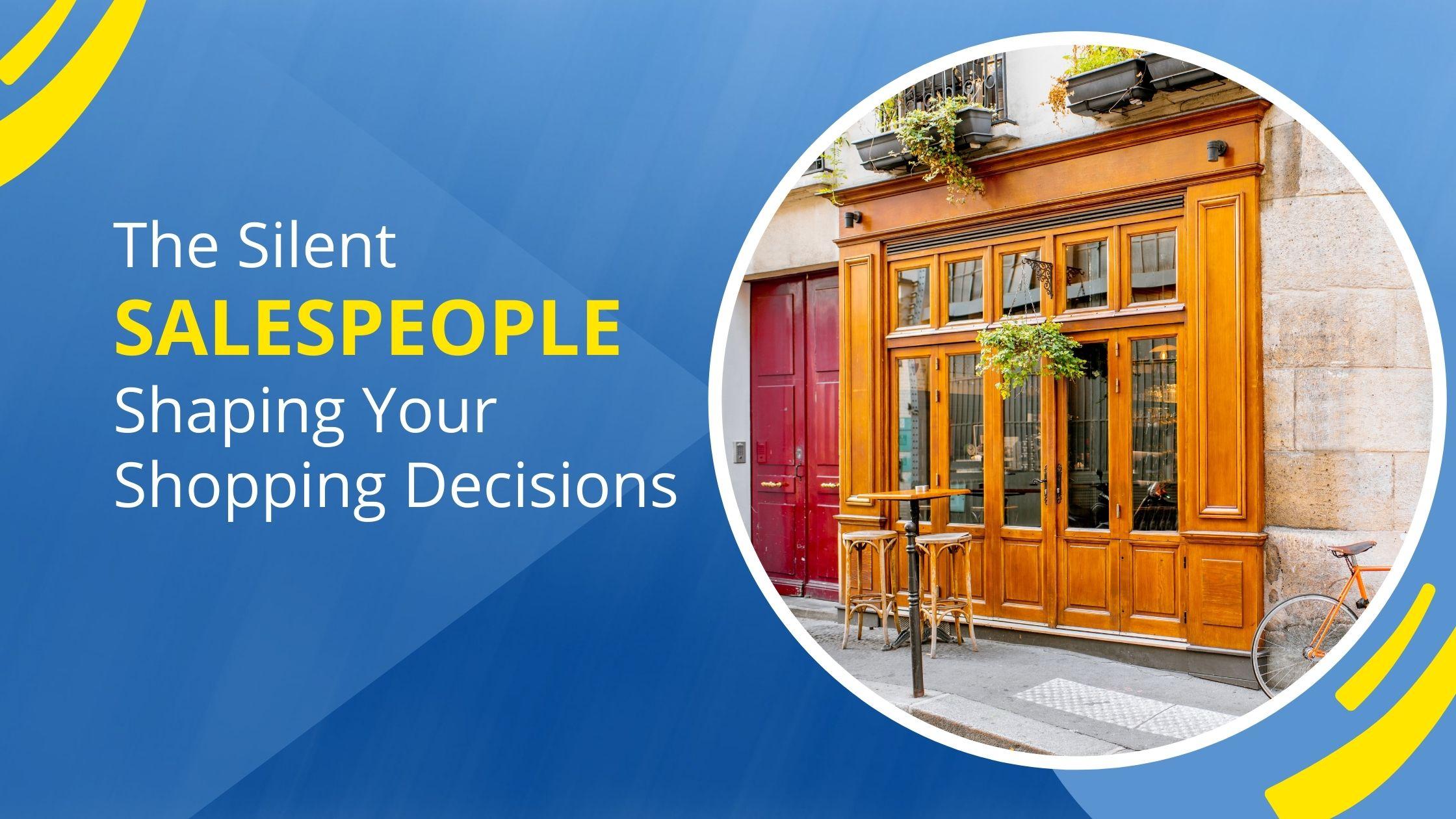Ever walked past a store and felt immediately drawn in, or on the other hand, completely uninterested? It’s not just magic! Shopfronts, the faces of stores, play a powerful role in influencing our behaviour and even our wallets. They are like silent salespeople, using clever design tricks to capture our attention and shape our buying choices. Let’s explore the fascinating world of shop fronts psychology and see how these silent persuaders work!
What is a Shop Front Used For?
Imagine a street lined with plain, windowless boxes. Not very inviting, right? That’s where shop fronts come in. They act as the visual representation of a store, attracting customers, communicating its brand identity, and ultimately, encouraging them to step inside. Think of them as a first impression you give to someone passing by. A well-designed shop front can become a memorable landmark, while a lacklustre one might get overlooked entirely.
The Emotional Spectrum of Colours in Psychology
Imagine a bright red store front bursting with energy compared to a calming blue one. Colours play a significant role in setting the mood and influencing perception. Warm colours like red and orange stimulate excitement and impulse buying, perfect for fast-paced stores. Cool colours like blue and green create a sense of calmness and trust, ideal for stores selling luxury or wellness products. Even subtle touches of colour can evoke specific emotions, making customers feel welcome, energized, or relaxed.
Lighting Up the Game: More Than Just Illumination
Shops aren’t just lit, they are strategically illuminated. Bright lights highlight key products and create a vibrant atmosphere, while softer lighting can create a cosy and inviting ambience. Think of a brightly lit jewellery store showcasing its sparkling wares compared to a dimly lit bookstore encouraging peaceful browsing. Lighting can even influence how long customers stay inside, with brighter lights often encouraging quicker purchases.
Telling a Story with Shop Fronts
Shop fronts are more than just walls and windows; they are canvases for storytelling. The architecture, materials, and even props used can speak volumes about the brand and its values. A rustic wooden front with vintage signs might tell a story of tradition and craftsmanship, while a sleek, modern façade with minimalist displays might convey innovation and technology. Aligning the design with the brand’s message creates a cohesive experience and helps customers connect with the story.
More Than Meets the Eye: The Power of Window Displays
Imagine walking past a window showcasing beautifully decorated cakes or a trendy outfit perfectly styled. Window displays are miniature stories in themselves, designed to entice customers and showcase the best of what’s inside. They can be interactive, humorous, or even artistic, but ultimately, they aim to spark curiosity and draw you closer. Think of them as a sneak peek into the world of the store, a tempting invitation to step inside and explore further.
Don’t Forget the Shop Fronts Details
Even the smallest details can have a significant impact on how customers perceive a shop front. Plants and greenery create a feeling of nature and freshness, while comfortable seating outside invites people to linger and soak in the atmosphere. Music playing outside can set a mood and influence how customers browse. All these elements work together to create a complete and welcoming experience, influencing both perception and buying decisions.
Understanding the Secret Language of Shop Fronts
Shop fronts are much more than just facades; they are carefully crafted tools designed to influence how we think and behave. By understanding the psychology behind colours, lighting, design, and even window displays, we can appreciate the subtle ways these silent salespeople shape our shopping experience. Next time you walk past a store, take a moment to appreciate the design choices and ask yourself: How did this shop front influence my feelings and maybe even my desire to explore it further? The answer might surprise you!

